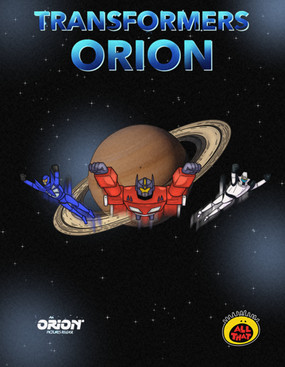HOME | DD
 randomuser56 — Red Alert 2 Faction Idea - Latin Confederation
randomuser56 — Red Alert 2 Faction Idea - Latin Confederation

#soviets #factionidea #allies #commandandconquer #latinamerica #redalert2
Published: 2021-01-21 23:30:17 +0000 UTC; Views: 2971; Favourites: 5; Downloads: 0
Redirect to original
Description
The flag of the Latin Confederation; The Confederation formed in the last battles of World War 2 between the European Allies and Soviet Union. The green background represents the faction's color while the three-point yellow star represents the three regions of Latin America (Mexico-Central America, Hispanic Caribbean and South America). Their military doctrine consists of heavy use of artillery and fire based weaponry.
Backstory:
During the late stages of World War 2 between the Soviet Union and European Allies, thoughts among leaders in Latin America began to think that there should be a military alliance to protect the region from outside threats. While as a whole the region condemned Soviet use of sarin gas and attacks on civilian towns, the histories of interference from the Europeans and the United States (who wasn't fighting in the war but providing the Europeans with material support) couldn't be ignored. The Latin Confederation was announced during the war, touted in public as an economic bloc while putting the steps into motion of building a regional military. Due to much of the rest of the world's attention being on the war in Europe the news largely flew under the radar which was the desired result. After the Fall of Moscow and Stalin's death the region agreed to help dismantle the Soviet military in order to analyze and determine which parts if any could be useful to the future Confederation military. With the Europeans wanting the Soviet airforce fully disbanded, the Confederation saw this as a perfect opportunity to create their new airforce based off of Soviet designs.
The exposure of Soviet war crimes caused the support for communist parties in Latin America to drop significantly and regulated them to the political fringe. This combined with the existing anti-communist sentiment in the region led to many countries send material support to China. The Soviets had pulled most of their divisions out of China in order to mount an ill-fated defense against the Allies in the final battle of the war. What was left was a token force relying heavily on their Chinese collaborators to keep the Middle Kingdom under Soviet control. With Moscow in ruins the Chinese resistance saw this as their time to strike. Confederation officials struck a deal to provide material support to the resistance in exchange for future economic development ties. The deal proved to be the decider in the Chinese uprising, the Soviets and their Chinese collaborators surrendered and withdrew from Chinese territory. The leaders of the new Chinese republic were thankful for Confederation support and agreed to make good on their deal. This in turn gained the Confederation an ally in the far east. While the United States didn't fight in Europe, they had their own war against Japan which ended in a stalemate. Both countries economies were destroyed by the war but the US economy was recovering faster due to a destroyed Europe looking to American companies to help with the rebuilding efforts. The Confederation extended a helping hand to the Japanese which were well received and as a thank you agreed to an economic partnership. By the end of the 1950s the two major powers in East Asia were on the side of the Confederation.
While Confederation countries experienced economic booms, European countries were updating their respective militaries. The Confederation offered to buy many of the outdated European hardware which were intended to be used as the basis to build their army and naval forces. By the early to mid 1960s the Confederation military was completed (based on European, Soviet and their own designs) and mostly saw action in helping put down small communist uprisings in the Southern Cone, Cuba and helping with natural disaster relief. It's real test came when a civil war erupted in Mexico. Communist forces in the northern part of the country got within 100 miles of Mexico City but were beaten back by the Confederation military. This allowed for Confederation army to beat the communist forces back to the northern part of the state of Zacatecas where fighting had be stalemated for a few years with neither forces losing ground. This stalemate prompted a response from both the US and the Soviet Union. An agreement was reached with Mexico City and the communist government that had set up it's capital in Durango City. The agreement effectively divided Mexico into two separate states the communist north and the republican and pro-confederation south. For the United States, it had taken notice that the Confederation had effectively turned itself into a strong economic power and a potentially hostile military force so by creating a buffer state between them would deter any potential invasion plans. For the Soviet Union now ruled by Premier Alexander Romanov, a communist state right on the US border was what he exactly needed to help him further his plan for an invasion of the US. Under the guise of the World Socialist Alliance supporting the defense of a member state, Romanov deployed several land based military assets in the now named People's Democratic Republic of Mexico (PDRM). Confederation officials suspected from the beginning that the communist uprising in Mexico was instigated and supported by the Soviets. When these suspicions were brought to the attention of the US, they were promptly ignored thinking that the Soviets were still a neutered country. With the two major powers against them the Confederation reluctantly agreed to the treaty known that they just had to bide their time before they can make Mexico whole again.

























